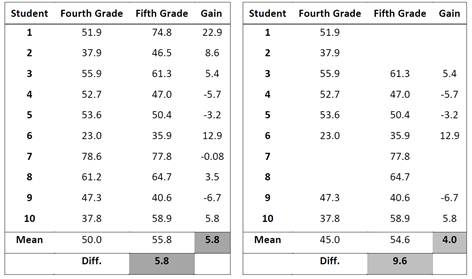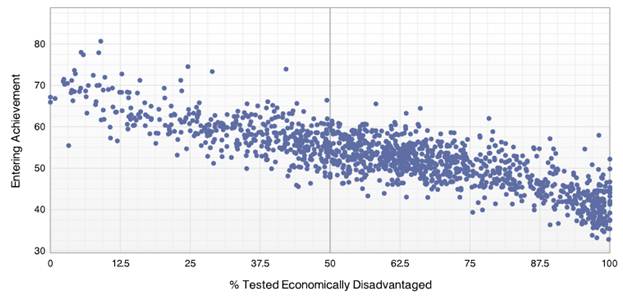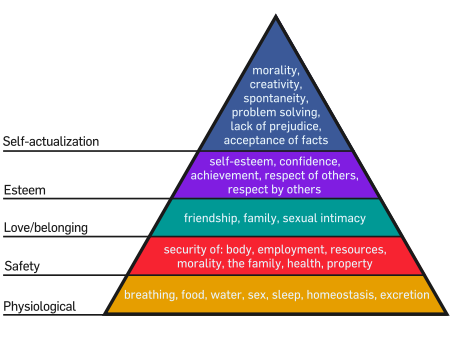Discover how SAS is shaping tomorrow’s brightest analytical minds

As teachers head into the madness of student course registration, the madness of college basketball reinforces a critical point: Data is crucial to making the picks that lead to a winning bracket, and student growth. Value-added assessment has proven reliable in determining which students are ready for their "one shining moment". This























